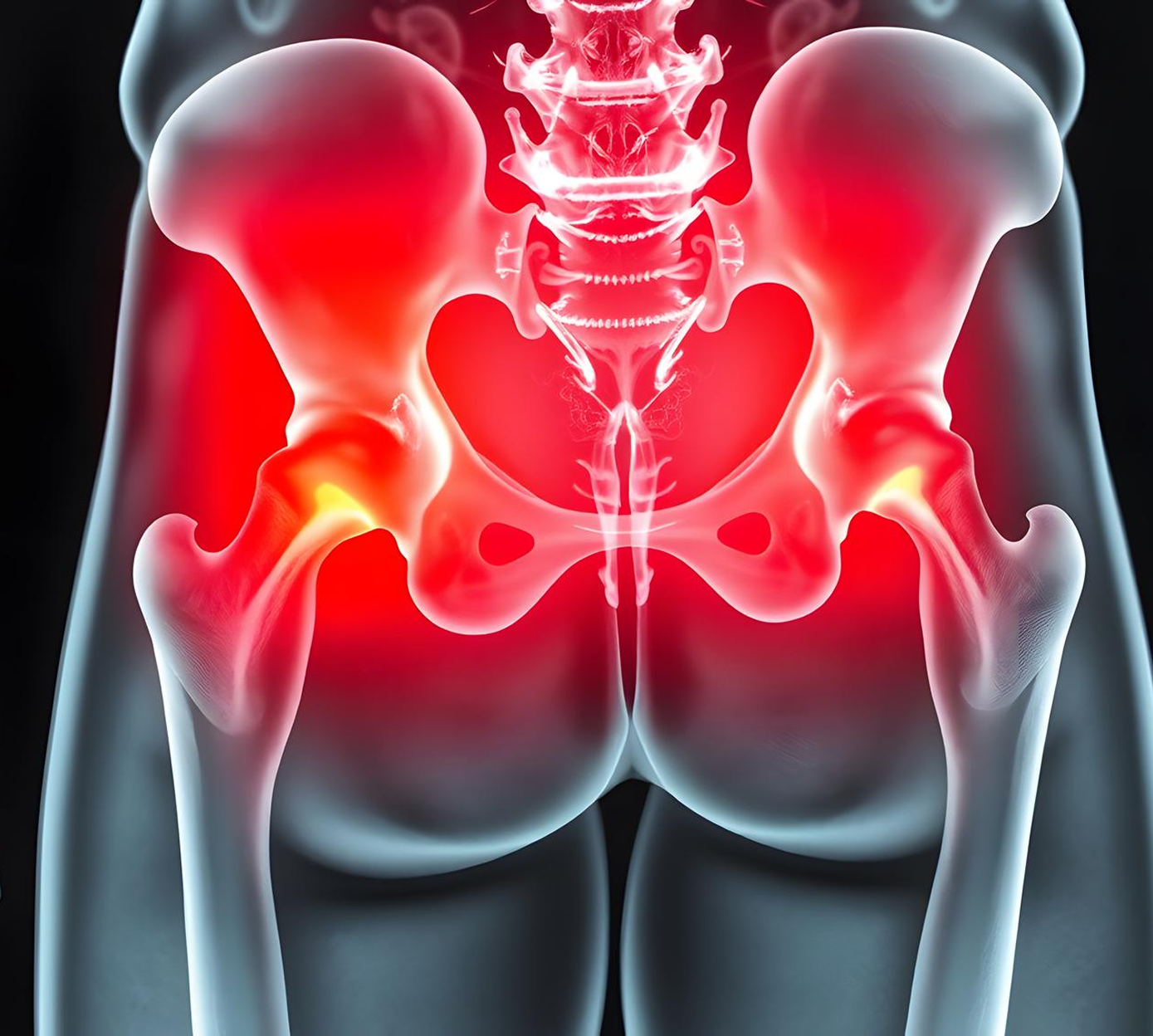Hip PRP Therapy at NTX Regen Center
PRP (Platelet-Rich Plasma) therapy for hip pain uses your own blood to promote healing and reduce inflammation in damaged hip tissues. Consultations available for residents of Farmers Branch, Allen, and North Dallas.
What is PRP Therapy for Hip Pain?
PRP therapy involves using a concentrated form of your blood platelets to stimulate tissue repair and reduce inflammation in the hip. It’s an effective, non-invasive treatment to regenerate tissue and relieve pain caused by conditions like arthritis, tendon injuries, or muscle strains.
Why Choose NTX Regen Center
for Hip PRP Treatment?
At NTX Regen Center, we take a personalized approach to every patient. Here’s why our Hip PRP Therapy stands out:
- Experienced Specialists: Our board-certified specialists are dedicated to providing treatment using the latest PRP techniques to help you heal faster and recover better.
- Personalized Care: We understand that every patient is different. That’s why we customize your treatment plan to fit your specific needs, ensuring the best possible outcome for your recovery.
- Latest Technology: With onsite imaging and advanced equipment, we make sure that your treatment is as accurate and effective as possible..
- Same-Week Appointments: We understand your time is valuable, so we offer same-week appointments to help you get started on the road to recovery as soon as possible.
Conditions Treated with PRP Therapy for Hip Pain
PRP therapy is beneficial for treating various hip conditions, such as:
- Hip Arthritis: Helps reduce inflammation and pain in the hip joint caused by arthritis.
- Tendon Injuries: Repairs damaged hip tendons, speeding up recovery from tendonitis and other injuries.
- Hip Labral Tears: Promotes healing of the labrum, a cartilage structure in the hip joint.
- Muscle Strains:Reduces pain and inflammation caused by muscle strains in the hip.

How Does PRP Therapy Work for Hip Pain?
1. Consultation
A specialist examines your hip and may order imaging like X-rays or MRI to confirm diagnosis.
2. Blood Draw
A small blood sample is spun in a centrifuge to isolate the platelet-rich plasma (PRP).
3. Injection
The prepared PRP is precisely injected into the damaged hip tissue to spur repair and calm inflammation.
4. Recovery
Most feel better in weeks, with full benefits building over the next few months as your body heals.
Benefits of PRP for Hip Pain
- Non-invasive treatment, no surgery required
- Speeds up tissue healing
- Reduces pain and inflammation in the hip
- Long-term relief from chronic hip pain
- Uses your body’s natural healing abilities for a safe, effective solution
Meet Our Care Team
Board-Certified Orthopedic Spine Surgeon
- Specializes in cervical, thoracic, and lumbar spine surgery
- Fellowship-trained in spinal reconstruction surgery
- Board Certified by the American Osteopathic Board of Orthopedic Surgeons
- Published researcher in Spine and national conference presenter (NASS, SRS)
Board-Certified Pain Management & Rehabilitation Specialist
- Fellowship-trained in interventional spine & pain management
- Board Certified in Physical Medicine and Rehabilitation
- Expertise in musculoskeletal pain, neuromuscular disorders, and electrodiagnostics
- Member of AAPMR, AAP, and American Osteopathic Association
Board-Certified Radiologist & Neuroradiologist
- Board Certified in Radiology with CAQs in Interventional Radiology and Neuroradiology
- Fellowship-trained in both interventional radiology and neuroradiology
- Former Chief Resident at University of Nebraska Medical Center
- Member of ACR, RSNA, SIR, and International Spine Intervention Society
Now Offering Hip PRP Across DFW
What Our Patients Are Saying
Property Sisters
Shaquita Lewis
Javier Garcia
“I like this clinic and the treatment they provide. I appreciate a lot.”
Frequently Asked Questions
What hip conditions can PRP therapy help with?
PRP is often used to manage hip osteoarthritis, labral fraying, gluteal tendon irritation, bursitis, and soft-tissue inflammation around the joint. It works by using growth factors from your own blood to reduce pain and encourage tissue repair. To explore which hip-related diagnoses we treat, visit our Hip Pain for detailed information and symptom comparisons.
How does PRP therapy work in the hip joint?
PRP therapy introduces concentrated platelets into areas of tissue breakdown. These platelets release proteins that signal healing, support collagen production, and calm low-grade inflammation. For many patients, this results in improved movement and reduced pain. Learn how this natural approach fits into our broader non-surgical strategy on the PRP Therapy overview.
Can PRP delay the need for hip replacement surgery?
Yes, in many cases. PRP may help reduce pain and stiffness in people with moderate degeneration, giving them time before considering surgery. It can be part of a long-term strategy for joint preservation. Visit our Arthritis and Joint Pain to understand how biologic treatments compare with more invasive orthopedic procedures.
How long does it take to feel results after a hip PRP injection?
Some patients feel a difference within 2 to 4 weeks, while others notice gradual improvement over 2 to 3 months. PRP supports healing, which takes time. Your provider will also guide you on gentle movement and support tools as needed. Explore our 6-Month Regenerative Program if you’re looking for a structured recovery path.
Is PRP suitable for active adults and athletes with hip issues?
Yes. Athletes and active individuals often benefit from PRP when recovering from overuse injuries or early-stage degeneration. It may shorten recovery time and reduce recurring flare-ups. To see how PRP supports return to function in active patients, explore care pathways on our Frisco Clinic or other North Texas locations.
Will I need more than one PRP injection for hip pain?
One injection may be enough for mild issues, but two or three treatments may be recommended for more advanced symptoms. Your response and activity goals will guide the plan. If further care is needed, you may also explore advanced cell-based options on our Hip Stem Cell Therapy.